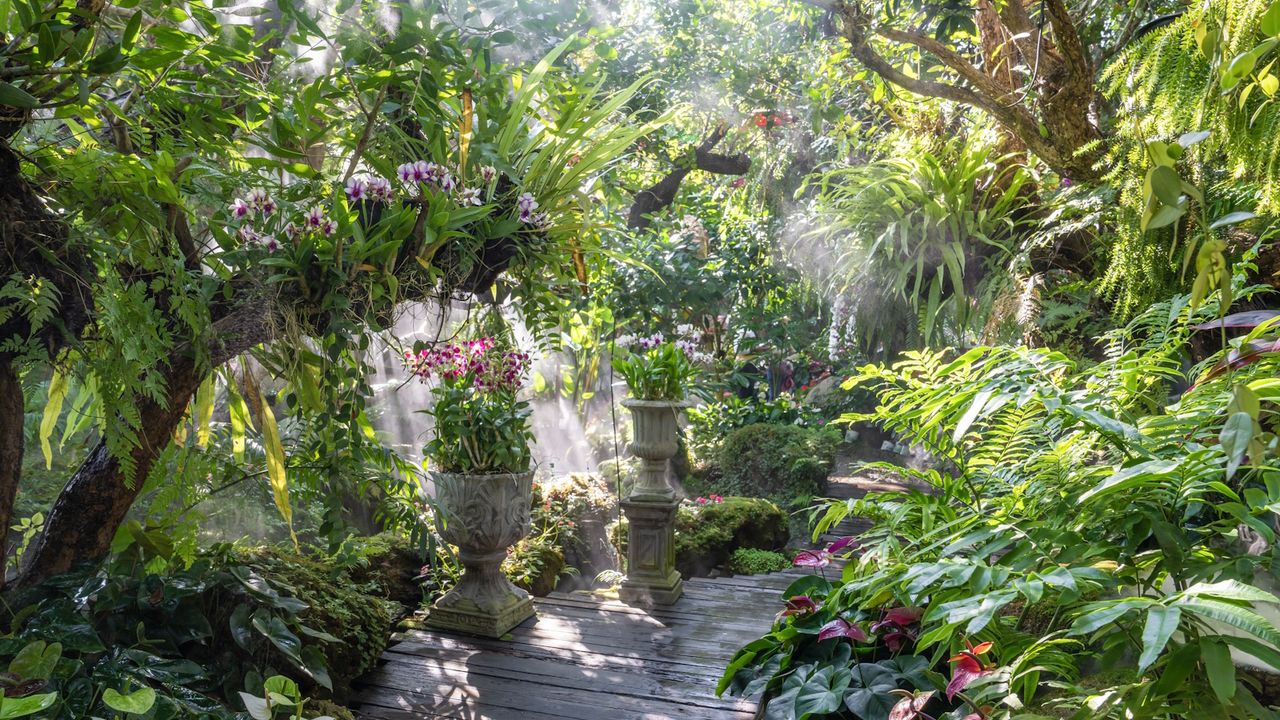
When it comes to finding the right plant for a shaded bed or border, it can often be challenging, especially for those areas that receive virtually no direct sunlight. With the majority of plants wanting full or partial sun, those that can tolerate shade often tend to be less robust than those that cannot.
That being said, there is one type of plant, of which some not only thrive in shade but are almost impossible to kill – hardy ferns. Some ferns do not fall into this category as they require specific growing conditions and careful attention, but other hardy ferns are surprisingly tough, love the shade and need little, if any, ongoing care.
We’ll take a closer look at hardy ferns, the ideal conditions they need to thrive and some of the hardiest varieties available to grow. However, not everyone loves ferns, so if fronds aren’t for you, here are some of the other best shade plants you can grow instead.
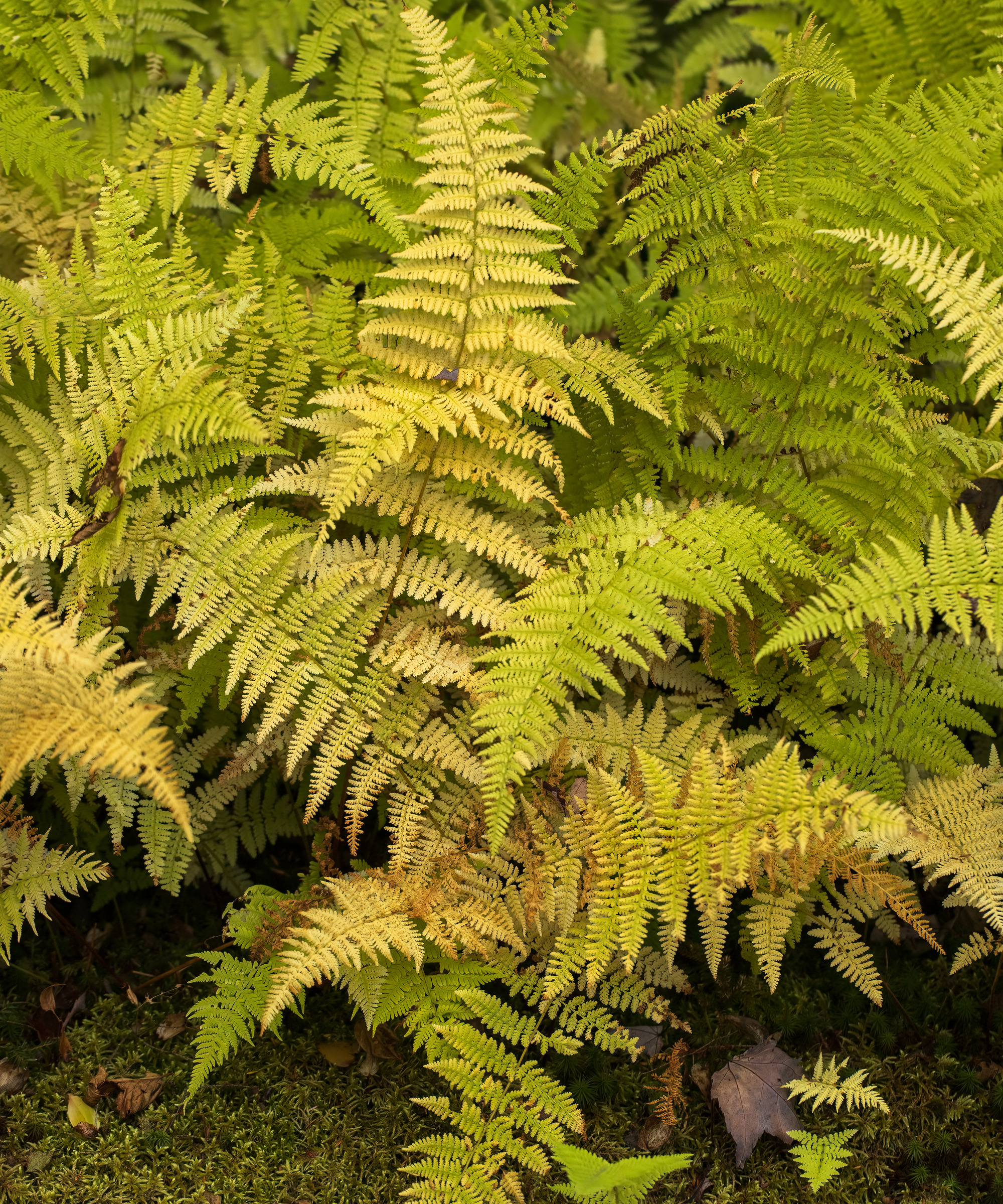
Ideal conditions for hardy ferns
With their interesting foliage and upright or arching structure, hardy ferns for shade are a great option for planting up a shaded bed or border and for time-poor gardeners are ideal, as they require very little ongoing maintenance and can even thrive on neglect.
Generally speaking, hardy ferns prefer a shaded spot and a moist, but well-drained soil. However, it is best to check, as several varieties, including some evergreen ferns, require specific growing conditions, including more access to sunlight.
With hardy ferns tending to fall into either US hardiness zone 3 or 4, you can relax over the colder months knowing that your hardy ferns can naturally withstand a harsh winter without any extra care.
If you have a shady corner or border that remains naturally moist, then once established, you can pretty much leave your hardy fern to its own devices. That being said, to keep them looking their best, you can prune ferns that are deciduous in the fall and remove any brown or damaged fronds from evergreen ferns in the spring.
Unless the soil is poor and severely lacking in nutrients, fertilization is not usually required. You can, however, apply a mulch of garden compost or leaf mold in the fall to give your hardy ferns a boost and help insulate their roots over winter.
Along with being as tough as old boots and very low-maintenance, another benefit of hardy ferns is that they tend to be naturally resistant to pests and diseases and apart from potentially preventing slugs and snails, there is little to fuss over or worry about.
Autumn fern
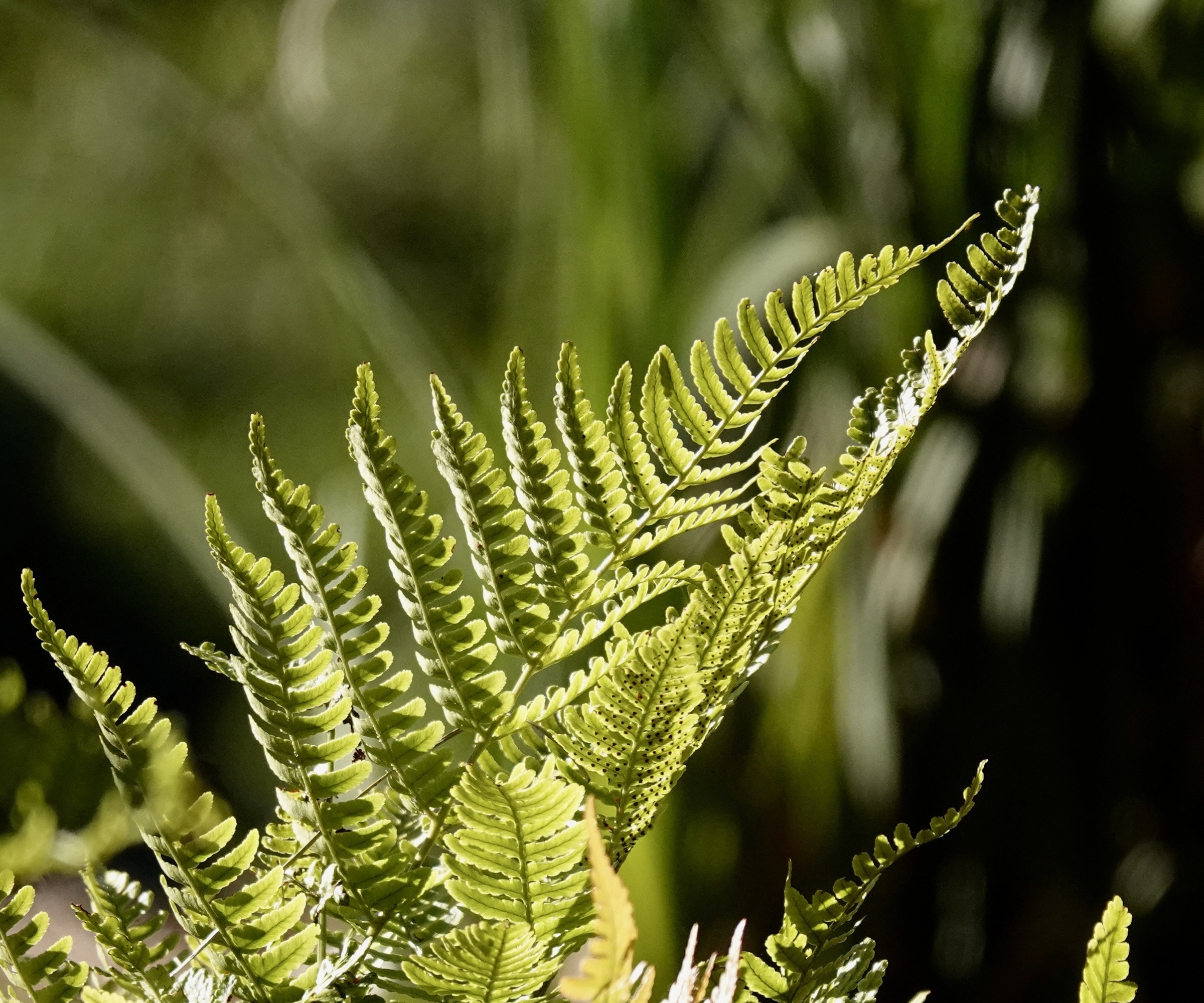
Taking its name from its new growth’s fall-like hues, Dryopteris erythrosora is a stunning semi-evergreen fern that thrives in the shade.
Growing to no more than two feet tall and wide, the Autumn fern is compact but still packs a punch. In spring, its new fronds appear in shades of copper-red before maturing over the growing season and turning a vibrant green.
Hardy down to US zone 4, this feathery fern can even retain its foliage over the winter months in milder areas. Preferring dappled shade and an acidic, moist soil, when given these conditions, it will reward you for years to come in return for little else. Dryopteris Autumn fern is available from Perfect Plants.
Maidenhair spleenwort
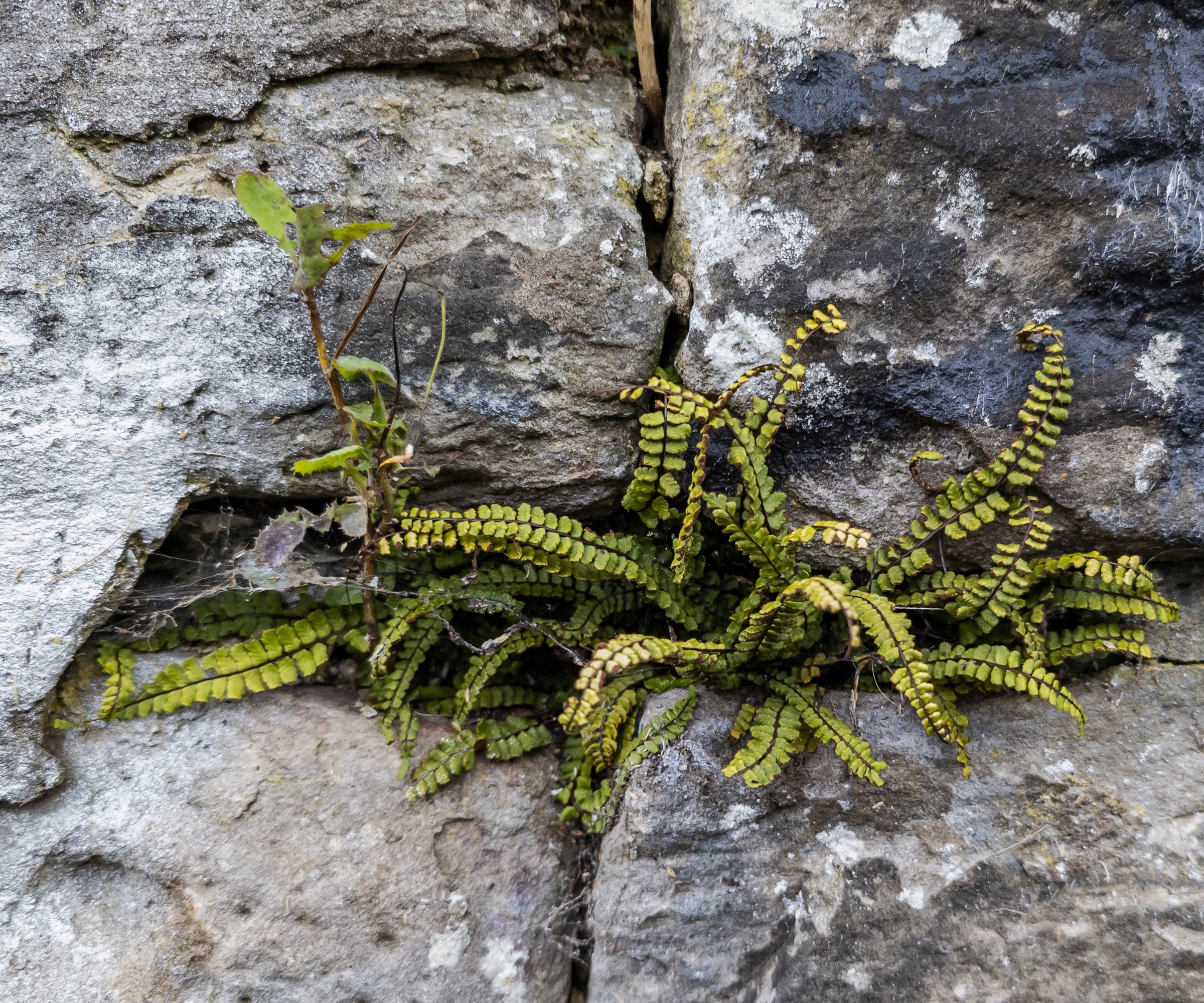
Even though the Maidenhair spleenwort or Asplenium trichomanes, as it is also known, is a perhaps fragile-looking miniature fern, it is, in fact, incredibly hardy and is suitable for growing down to zone 3.
Tolerating most soil types, this evergreen fern develops lush green fronds on contrasting black stems and grows to around 6 inches high and 8-12 inches across.
Perfect for growing in wall crevices, rockeries, or when interspersed with stepping stones, it prefers full or partial shade and a consistently moist soil. If fronds die back or begin to look tatty, you can simply cut them back at the base.
Ostrich Fern
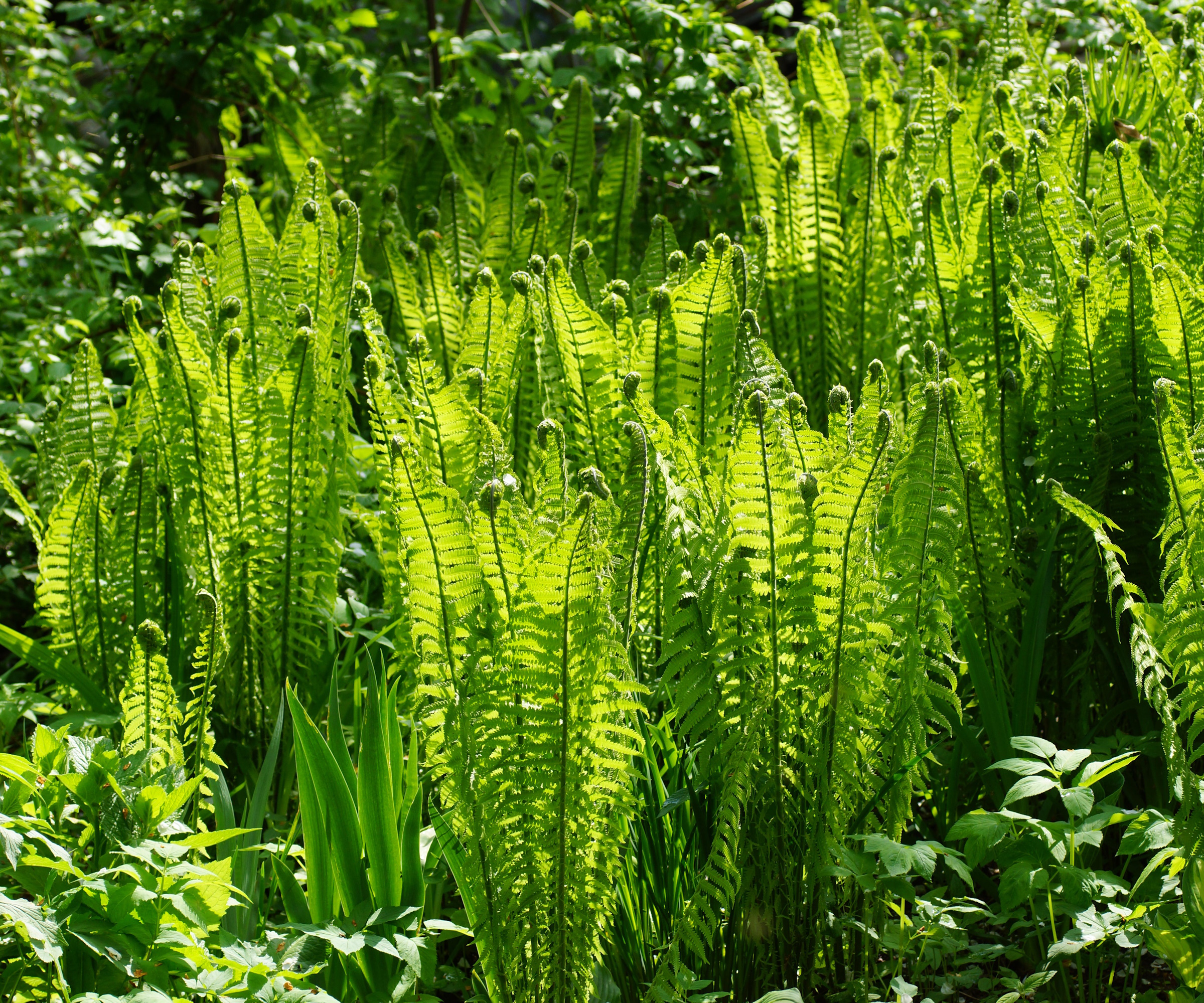
For a larger space, the striking form of the native Ostrich fern or Matteuccia struthiopteris is definitely worth considering.
Its upright habit and long, green ostrich-like plume fronds up to 6 feet tall and 7 feet across make the Ostrich fern instantly recognizable and ideal for adding dramatic texture and form.
Tough and hardy, it is suitable for growing in zones 3-7 and is happiest in a consistently damp, shaded corner or a ‘woodland setting’ with neutral to acidic soil. When given these conditions, the Ostrich fern is remarkably easy to grow and robust and merely requires that any old foliage be removed in early spring.
You can purchase the Ostrich fern from Nature Hills.
American maidenhair fern
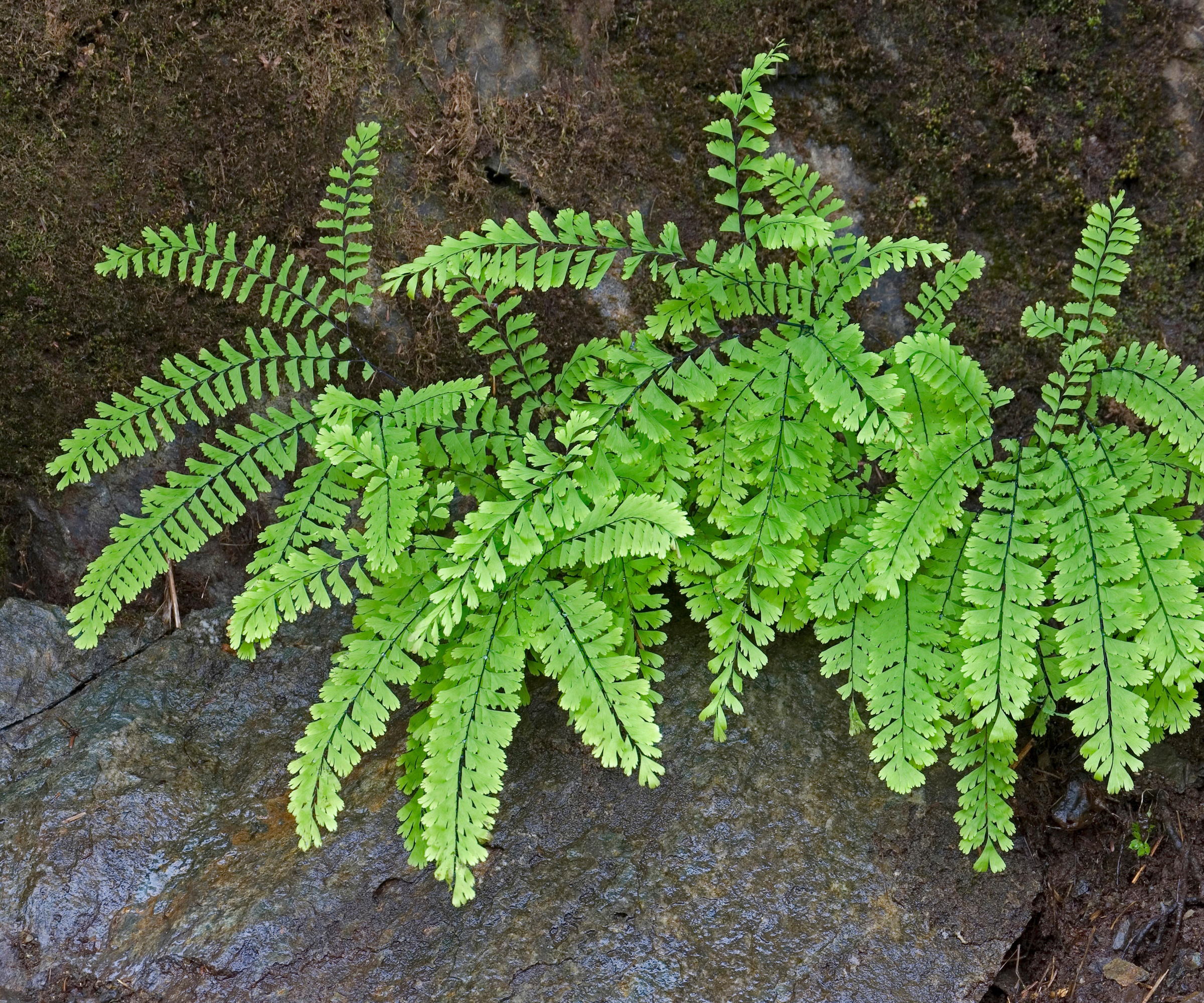
Not to be confused with the Maidenhair spleenwort previously mentioned, the American maidenhair fern, Adiantum pedatum, is another North American native that develops bright green fronds in an attractive circular design.
Immensely cold-hardy, the deciduous American maidenhair fern can be grown as low as zone 3 and performs best on a moist, well-drained soil in the shade.
A mature size of 30 inches tall by 18 inches wide means the American maidenhair fern remains compact and perfect for ‘container gardening’ or massing in a woodland.
Once established, the American maidenhair fern generally grows pest and disease-free and needs minimal ongoing care. As new growth appears in the spring, cut back any old fronds at the base of the stem. You can purchase the American maidenhair fern from Walmart.
Hard shield fern
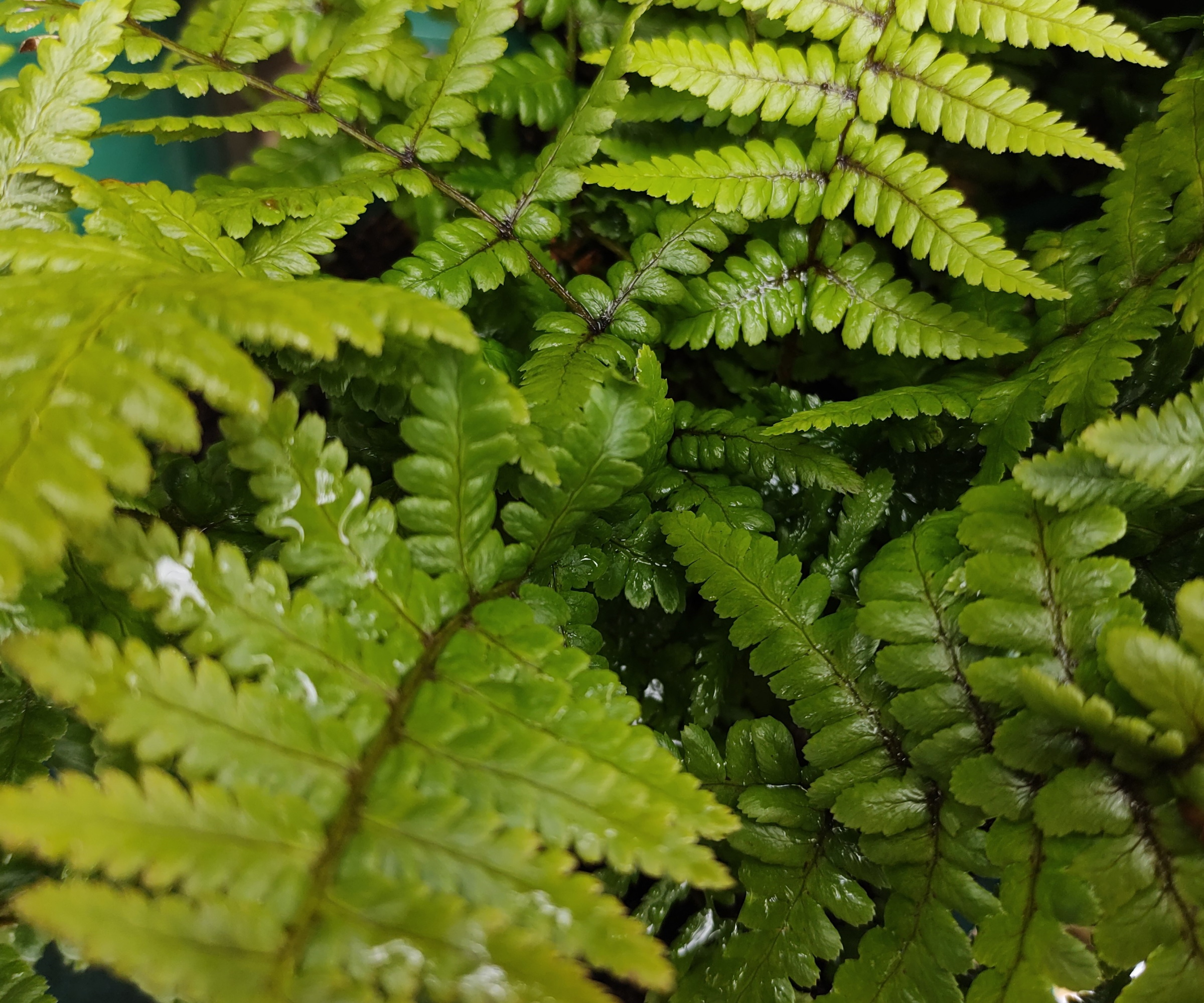
The dainty, feathery fronds of the Hard shield fern, or Polystichum aculeatum, make it a stunning evergreen option.
With a maximum height and spread of around 2 to 3 feet, its new growth emerges bright green in the spring before darkening with age over the growing season.
Both elegant and tough, the hard shield fern can be used en masse for effective ground cover or to create a stunning container display.
Well suited to growing in zones 4a to 7, this hardy fern thrives in a partially or fully shaded spot on a moist, well-drained soil. Once established, minimal care is required except for the removal of any old fronds in spring and an annual mulch if you are feeling generous.
Hart's Tongue Fern
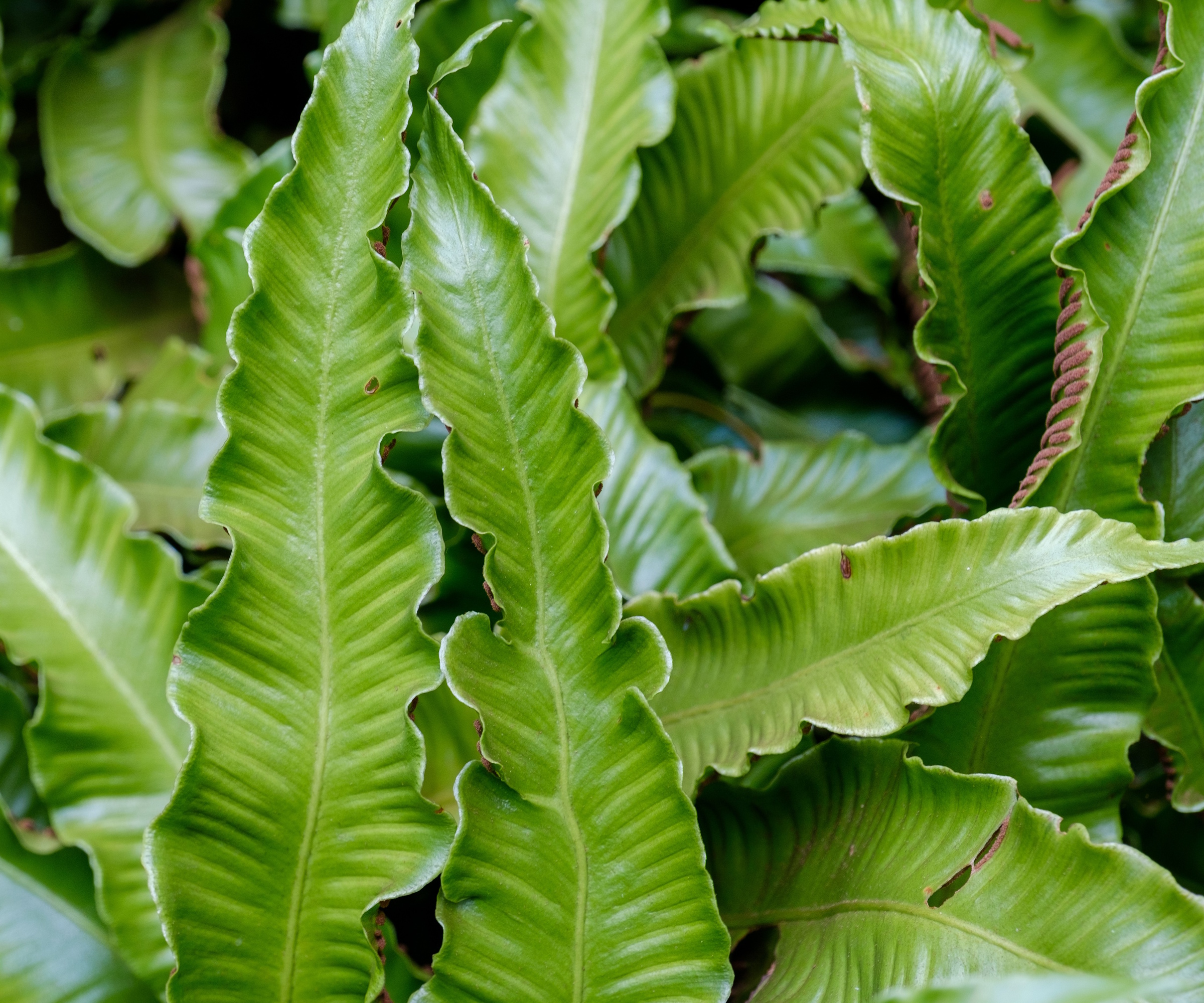
Similar to the Bird’s nest fern, but much hardier, Asplenium scolopendrium or the Hart’s tongue fern, is a striking specimen with striped, arching, tongue-shaped fronds. The least hardy of those mentioned here, it is still suitable for growing in zones 5 to 9 and capable of surviving temperatures down to -20°F.
Prized for its eye-catching foliage, the evergreen Hart’s tongue fern performs best on a moist, well-drained soil in full or partial shade. When given these growing conditions, it is considered very low maintenance and rarely suffers from pests or disease. However, it is best to avoid saturated soils or those prone to waterlogging, which can encourage root rot.
A maximum height of 18 inches tall and wide makes this hardy fern ideal for massing together in a shady foliage border or in a woodland setting. Thriving on neglect once established, all that’s needed is to remove any old or brown fronds in spring.
With their lush green foliage and unusual structural form, ferns are ideal for growing as houseplants and bringing the outdoors indoors. For some inspiration and tips on which ferns are suitable for growing indoors, see our guide to the best ferns to grow indoors.







